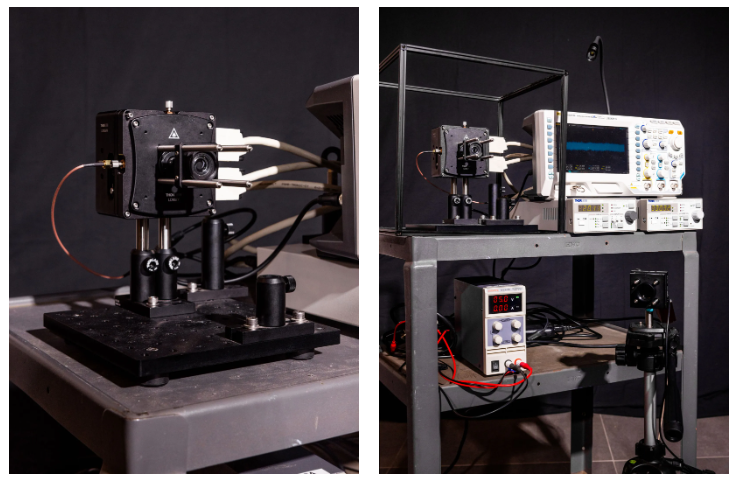Friend
Professional
- Messages
- 2,675
- Reaction score
- 976
- Points
- 113
The hacker showed how to eavesdrop through a window with a laser.
At the Defcon conference in Las Vegas, hacker Sami Kamkar showed how an infrared laser can be used for spying, reading keystrokes on a computer and recording sounds in a room. The technique works through a window and is based on picking up vibrations that occur when keys are pressed or sounds that can then be decoded.
The method is to direct the laser at a reflective surface of the computer, such as a metal case or the Apple logo, which reflects light well. The laser detects small vibrations caused by user actions and converts them into data that allows you to restore the entered text. Kamkar noted that in some cases he was able to catch even the music playing in the room, and the restored texts contained only one missing letter for one or two words.

Kamkar also improved the laser microphone, which allows you to record sounds in the room, reflecting the laser beam from the window. The microphone captures glass vibrations caused by sound waves and converts them into sound. In some cases, the sound was quite clear, although double-glazed windows significantly reduced its quality.

The technology used includes a laser that gates at a frequency of 400,000 times per second. This allows you to ignore extraneous noise and record only those vibrations that are actually associated with keystrokes or sounds in the room. For further data processing, the iZotopeRX and Keytap3 software was used, which allowed us to get fairly accurate results when deciphering text.
Similar experiments on reading keystrokes have been conducted before, but Kamkar managed to significantly improve the quality and accuracy of the data obtained. Its results showed that the laser microphone can be used not only to record sounds, but also to restore text typed on the keyboard, with minimal errors.
Although such technologies have been around for a long time, Kamkar's developments demonstrate how far it is possible to move in this direction using modern technologies. He published all the diagrams of his device so that everyone could learn about possible threats and take measures to protect their information. Kamkar also noted that such methods can be used for spying over long distances, so it is important to be aware of their existence and take precautions, such as installing double-glazed windows or using special devices that prevent laser eavesdropping.
Source
At the Defcon conference in Las Vegas, hacker Sami Kamkar showed how an infrared laser can be used for spying, reading keystrokes on a computer and recording sounds in a room. The technique works through a window and is based on picking up vibrations that occur when keys are pressed or sounds that can then be decoded.
The method is to direct the laser at a reflective surface of the computer, such as a metal case or the Apple logo, which reflects light well. The laser detects small vibrations caused by user actions and converts them into data that allows you to restore the entered text. Kamkar noted that in some cases he was able to catch even the music playing in the room, and the restored texts contained only one missing letter for one or two words.

Kamkar also improved the laser microphone, which allows you to record sounds in the room, reflecting the laser beam from the window. The microphone captures glass vibrations caused by sound waves and converts them into sound. In some cases, the sound was quite clear, although double-glazed windows significantly reduced its quality.

The technology used includes a laser that gates at a frequency of 400,000 times per second. This allows you to ignore extraneous noise and record only those vibrations that are actually associated with keystrokes or sounds in the room. For further data processing, the iZotopeRX and Keytap3 software was used, which allowed us to get fairly accurate results when deciphering text.
Similar experiments on reading keystrokes have been conducted before, but Kamkar managed to significantly improve the quality and accuracy of the data obtained. Its results showed that the laser microphone can be used not only to record sounds, but also to restore text typed on the keyboard, with minimal errors.
Although such technologies have been around for a long time, Kamkar's developments demonstrate how far it is possible to move in this direction using modern technologies. He published all the diagrams of his device so that everyone could learn about possible threats and take measures to protect their information. Kamkar also noted that such methods can be used for spying over long distances, so it is important to be aware of their existence and take precautions, such as installing double-glazed windows or using special devices that prevent laser eavesdropping.
Source
